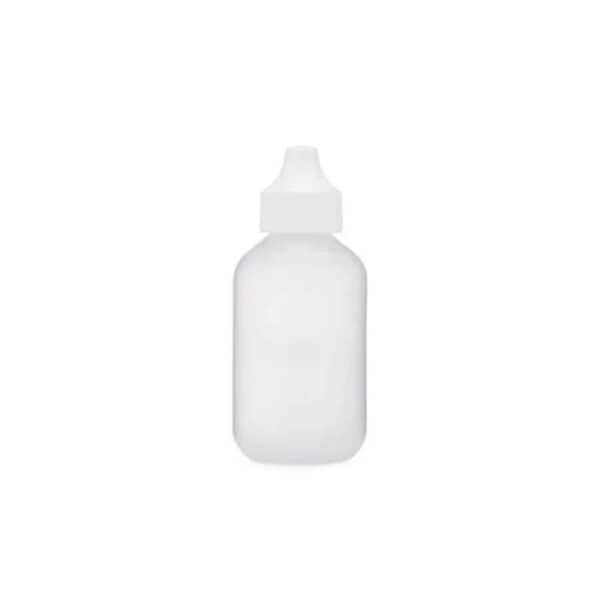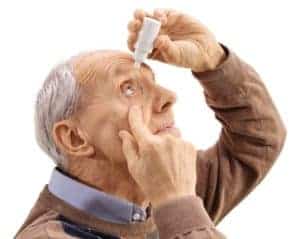
How to Apply Eye Drops
August 21, 2020

At some point in your life, you will likely need to use an eye drop. Whether it is for treating an eye infection, dry eyes, allergies, glaucoma, or post-cataract surgery care – everyone should know how to use eye drops. If the drops are not applied correctly, the medication may be less effective. Don’t worry, if you are using eye drops to treat a long-term condition, such as glaucoma, it will become easier to insert the drops with more practice over time.

Types of Eye Drops
Some drops, such as suspensions, need to be shaken vigorously before use for the medication to be mixed throughout the bottle. Suspensions contain a medication in a liquid. The medication is typically a larger molecule that separates from the rest of the liquid in the drop. Since the medication is larger, it settles to the bottom of the bottle. If not shaken, the medication is not equally distributed in each drop. An example of a suspension is sand mixed with water. When initially stirred together, it might look combined, however, the larger sand particles will eventually settle to the bottom of the water.
A solution is another common form of an eye drop. Solutions contain a medication that is completely dissolved or incorporated into another liquid. This type of drop does not need to be shaken prior to use. An example of a solution is saltwater. The salt is completely dissolved into the water to make a uniform mixture of salt plus water.
Five Easy Steps to Apply Eye Drops
1. Clean Hands and Eyelids
Since you will be touching near your eyes, it is best to wash your hands. If you are using an eye drop to treat an infection, you might have discharge or crusty debris in your eyelashes. Use a clean washcloth and warm water to gently remove any discharge or crusting on the eyelid. If your eye is crusted shut, you may need to hold the warm washcloth over the eyelids for several minutes to help loosen the debris.
2. Read the Label
It is important to make sure the drops are truly eye drops and not a look-alike. Avoid storing similar shaped bottles near eye drops to minimize the risk of putting ear drops, nasal spray, or nail glue into the eyes. This is a good time to check the expiration date and make sure you grabbed the correct drops. You wouldn’t want to use your spouse’s glaucoma medication to treat your allergies! Be sure to remove contact lenses prior to inserting the drop, unless the drop is specifically intended for rewetting the contact lenses.
3. Get the Bottle Ready
If the eye drops are in suspension form, shake the bottle at least 20 times. If you are unsure if the drop is labelled as a suspension, it will not hurt to shake the drops regardless of whether it’s a suspension or solution. Remove the cap from the bottle, while carefully avoiding touching the inside of the cap and the tip of the bottle.
4. Position Head
Let gravity help you by tilting your head back. If neck problems make it difficult to tilt your head back, try lying flat on a bed or couch. This is also a useful technique for children or people who don’t do well with drops. After putting the chin upward, use the non-dominant hand to pull down the lower eyelid making a pocket of increased surface area for the drop to land on the eye.
5. Apply Drops
Using the dominant hand, align the bottle above the eye and look straight up. Some people find it easier to look away from the bottle once administering the drop. Be careful not to poke or touch the eye with the bottle tip. Gently squeeze the bottle so only one drop is used. The eye is unable to hold more than one drop at a time, so any extra drops will be wasted as they run down your cheek. Use a tissue to dab excess drops. Immediately put the cap back on the bottle to avoid contamination. Wait at least 5 minutes before inserting any other drops.